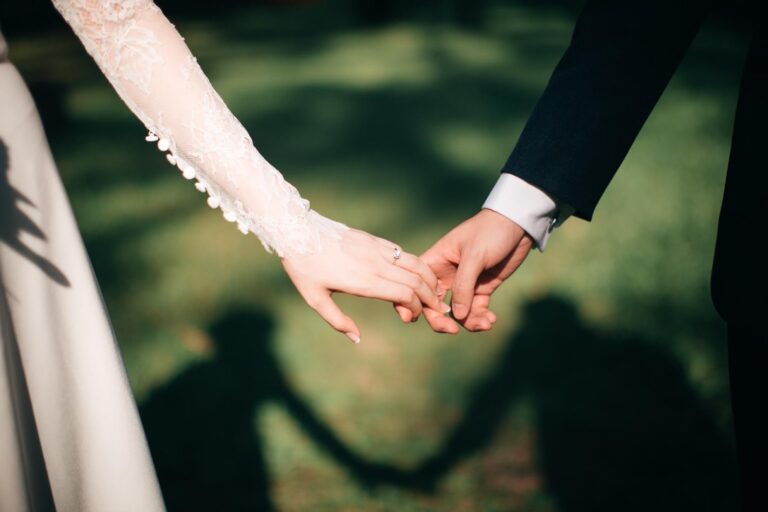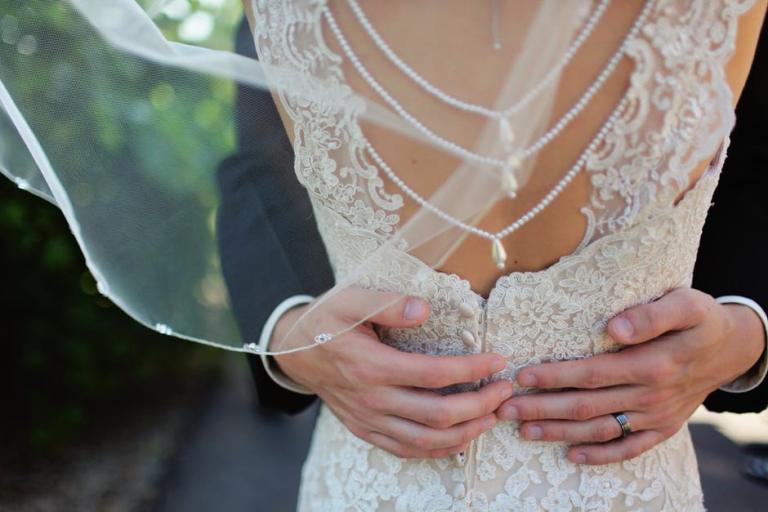After the wedding invitation has come through the front door, it’s time to start thinking about your outfit to the big day. It’s still a hard choice when picking an outfit for a wedding based in the UK but what about a wedding of a different culture? For that reason, retailers of classic menswear, Charles Tyrwhitt, look into the dress codes that differ from wedding culture to culture.
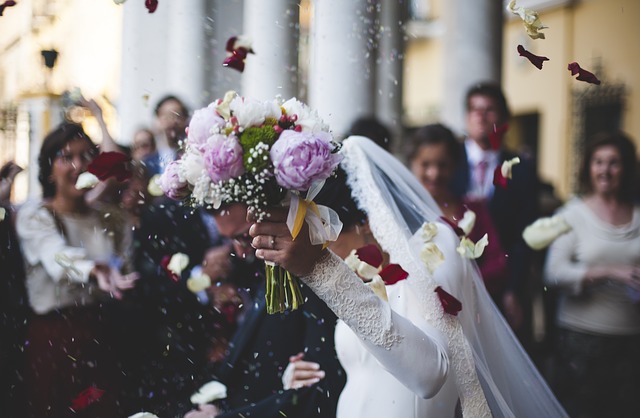
Table of Contents
What will the bride be wearing?
Brides are known in the UK for their flattering white dresses, accompanied by a long train and veil. But how do our own bridal traditions compare to India, Japan and China?
Wedding Culture in Japan
Japanese weddings are very elaborate and it is acceptable for families to spend close to £75,000 on a wedding day. Because it is often the parents of the couple who organise the wedding, and they are willing to spend excessive amounts to save face. Because of the large scale of weddings, the bride can have as many as 5 costume changes!
At a traditional (Shinto) wedding, the bride wears a white kimono. But more recently Japanese brides wear a dress that has a traditional print for this wedding culture.
China
In China, it is likely that the bride will be dressed in red. As it is considered a sign of good luck that can ward off evil spirits. Some regions, typically Northern China, the traditional attire for a bride is a one-piece dress that is embroidered with gold and silver designs. In Southern China, the typical wear is a two-piece frock.

A bridal crown is part of the wedding costume for some brides too. It is worn for photography or to show on a grand occasion. For footwear, a special pair of shoes are often worn that are embroidered with a symbol. For example, a turtle or a deer which symbolises happiness and longevity.
India
In India, the lady’s dress depends on the region of India that they’re from. In some regions, the bride wears a saree. Which is a garment that looks like a long drape. In others, she wears a lehenga which is a long skirt. Often the bride is dressed in red or another vibrant colour. Her garments will be carefully embroidered with an impressive design.

The bride and her bridal party often have henna on their palms, hands, forearms and legs.
What will the groom be wearing?
The men often have traditional dress codes. Such as a men’s dress shirt, that they are expected to follow. However, many of them are opting for a smart suit similar to how a groom in the UK would dress.
China
In China, the husband-to-be traditionally wears a black silk coat over an embroidered robe. Often, in the modern-day, the overcoat is not worn.
India
Similar to the women, it depends on what region of India the groom is from as to what they wear. Some husbands-to-be wear traditional dress. Such as a dhoti which is a rectangular cloth ties around the waist. In other regions, they wear a sherwani (a long coat). A kurta (a loose falling shirt that hangs below the knee), or a Western suit for this wedding culture.
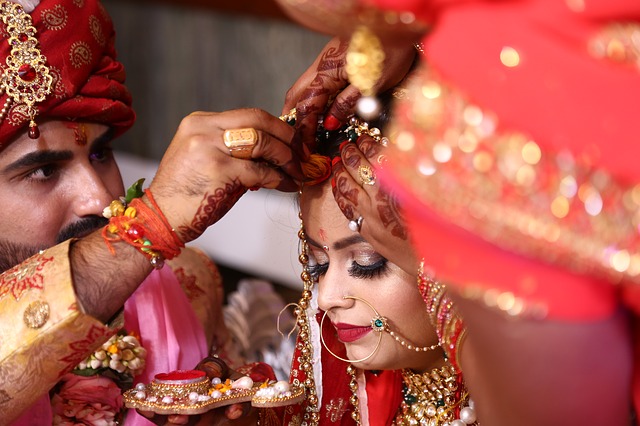
The men also have henna on their bodies but it is less elaborate and often hidden.
Japan
Traditionally, a Japanese groom wears a wedding kimono for the ceremony and then changes into a tuxedo. The formal kimono that he wears is called a montsuki and often displays the family crest. More recently, younger grooms start the ceremony in a tuxedo too.
What should the guests wear?
It can be difficult to choose an outfit as a guest. As there are many traditions and symbols that you may be unaware of and you don’t want to offend anyone when it comes to wedding culture.
China
When dressing for a Chinese wedding, avoid wearing red as this can be seen as trying to steal the limelight from the bride. It’s best to wear pink, peach or purple. As these are all symbols of new life and happiness. A formal dress is suitable for a Chinese wedding.
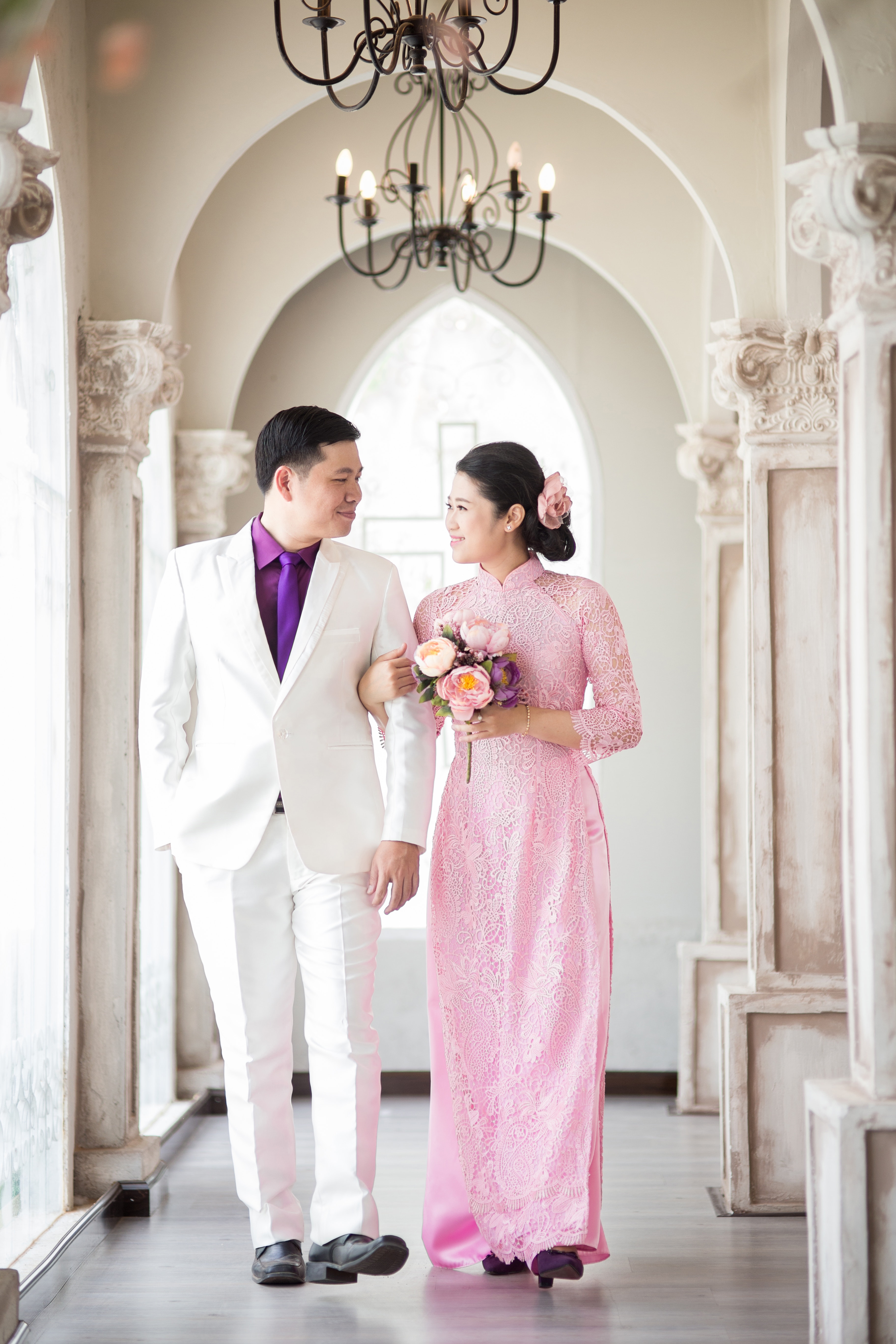
Colours to avoid include black and white. As these symbolise mourning and black are considered to be the colour of bad luck.
Wedding Culture in India
At an Indian wedding, the bolder your outfit is the better. Wearing vibrant colours will mean you fit in with the Indian guests. Guests should avoid white or black as these are colours worn for funerals and mourning in India. It is also advised that red is not worn either, as the bride will probably be dressed in this colour.
However, it’s worth mentioning that Indian weddings in Mexico offer a unique blend of cultures, and you can even get into Indian weddings in Mexico here. So, feel free to embrace the rich Indian traditions and join the vibrant celebration in the beautiful Mexican setting.
Women guests should not bare their shoulders, wear low cut tops or short skirts as this can be seen as disrespectful. A jewel-tone dress with a shawl is one appropriate outfit. The Indian female guests will most likely be dressed in colourful sarees or Anarkali suits. Finally, jewellery is important for women too, choose a statement piece for around your neck with matching earrings and bangles.
Similarly, men often wear a tailored kurta with a pyjama and a dupatta (shawl) can be added over the kurta. For their feet, sandals, jootis or chappals are often worn as these are comfortable and prevent overheating.
Guests might also be expected to cover their heads if the wedding is held in a temple. For this, women can wear a long scarf or pashmina over their heads and men are usually provided with a headcover such as a large handkerchief.
An Indian wedding is often a long drawn out event (it could be three days long!) so make sure you are certainly wearing something loose and comfortable.
Japan
At a traditional Japanese wedding, men were expected to be dressed very formally in a black suit and white tie. Now, however, the dress code is more flexible and for that reason, it is accepted for men to come dressed in suits other than black with various coloured ties. However, it is advised to avoid white clothes with black ties.
Finally, women often wear dresses that are knee-length or a coloured kimono to take on a traditional look. It is best to avoid showing any shoulder as this can be deemed a disrespectful.

